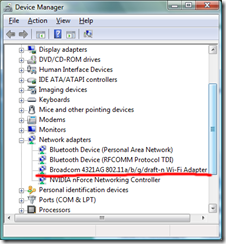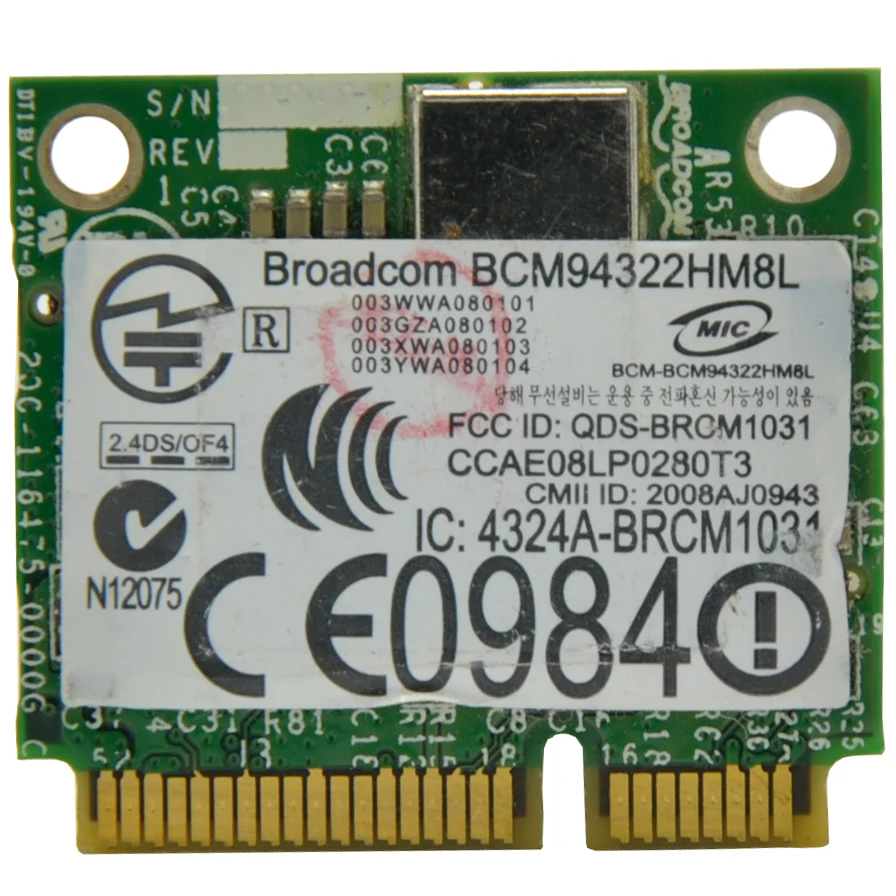
Loaded on a dual band laptop, it will allow you to look at the 2.4 and 5 Ghz environment and see what you might be up against in terms of competing networks. The linked version below is the last freebie version. To look at that environment, you need to load an application such as inSSIDer, which is a wifi monitoring application.

The results can be like night and day, depending on what your wifi environment is like. That is what I and a good many others on the forum do. If wifi performance is an important issue for you, you should really consider buying a good third party router and run the modem in Bridge mode. That just seems to be a fact of life no matter which ISP you deal with. For wireless performance, note that any combo modem / router box from any ISP won't be great. Given your wired test result of 60 Mb/s I wonder if it isn't provisioned for the 60/10 Mb/s internet plan.Ħ. Call tech support and ask the CSR to ensure that the modem is provisioned for 250/20 service. Can you run a wired speedtest at using the Toronto Telus server as well and post the results.ĥ.

That version is very problematic for a gaming, VOIP devices, VPNs and latency intolerant applications.Ĥ. The previous version, which some modems might still arrive with, is 4.4.8.14.
BROADCOM 802.11N NETWORK ADAPTER SLOW SOFTWARE
Can you log into the modem and check the software (firmware) that is loaded, as indicated on the first STATUS page that comes up.
BROADCOM 802.11N NETWORK ADAPTER SLOW PC
Amber indicates a 1 Gb/s connection rate with the pc or laptop, which is necessary to support rates above 100 Mb/s. Can you have a look at the back of the modem and confirm what colour the connected port LED is. If you happen to be running a router, the modem should be in Bridge mode.Ģ. Are you connecting directly to the modem via ethernet to a pc or laptop or are you running a router in between? If you are running a direct connection, the modem should be in Gateway mode.

The fact that your downstream levels are fairly high with normal upstream levels leads me to wonder about where you live.ġ. Are you in an apartment, condo, highrise etc, etc by any chance. Signal to noise is good and your upstream signal levels are good. Your downstream signal levels are higher than normal, they should be down around 0 dBmV, but, where they are at the present time shouldn't be causing problems. With Rogers speedboost kicking in you should see peak rates of +300 Mb/s downstream, 21-22 Mb/s upstream. First thing to do is get the modem running properly for wired 250/20. Need to separate the wire and wireless issues.


 0 kommentar(er)
0 kommentar(er)
